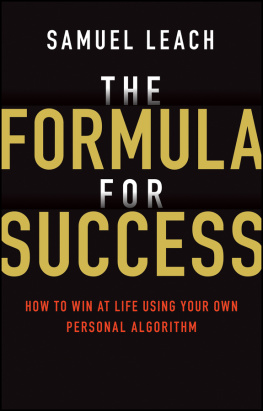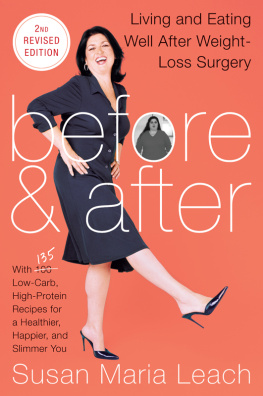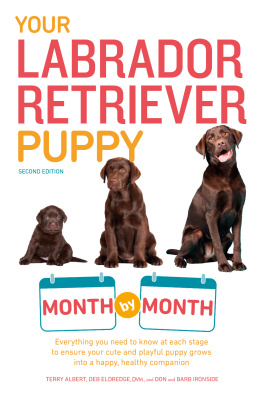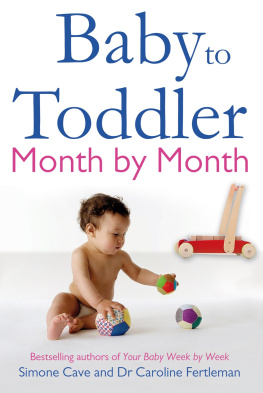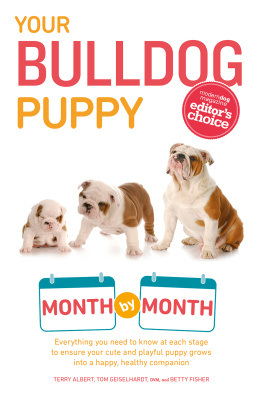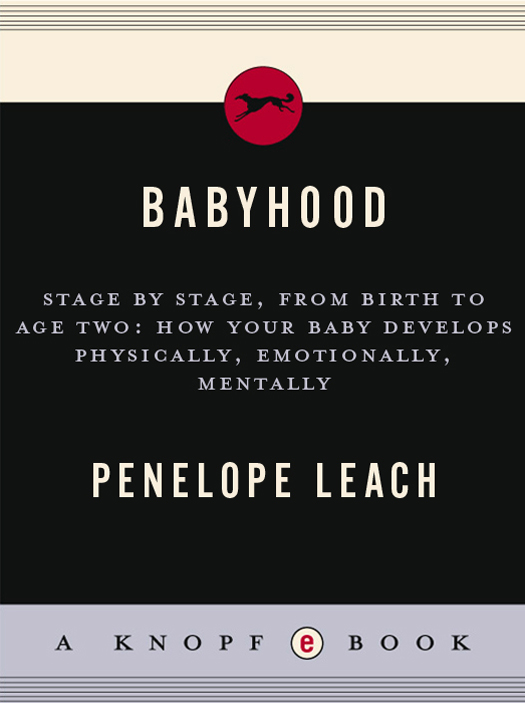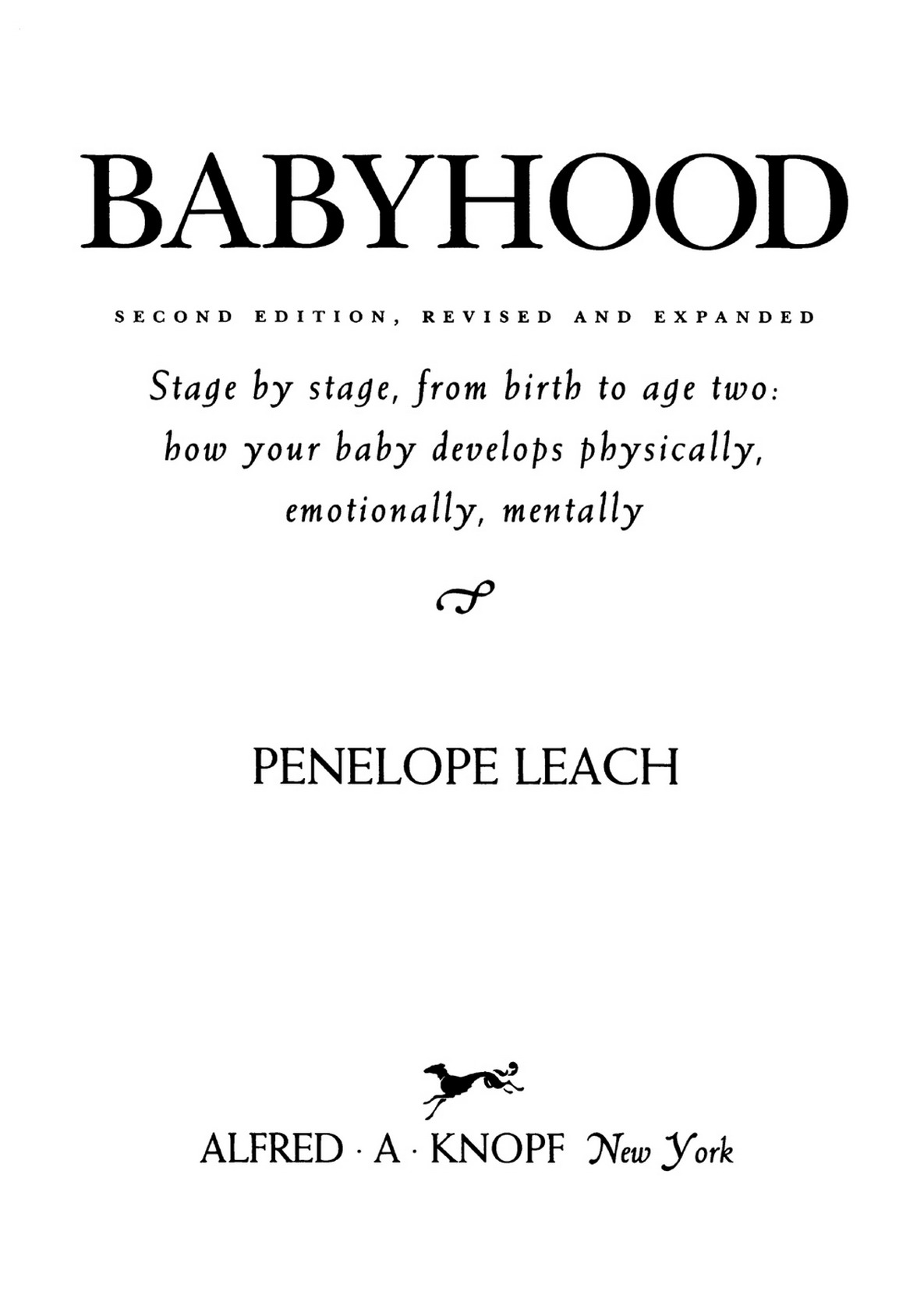Contents
ALSO BY PENELOPE LEACH
Children First (1994)
The First Six Months (1987)
Your Growing Child (1984)
Your Baby & Child (1978, 1989, 1997)
THIS IS A BORZOI BOOK
PUBLISHED BY ALFRED A. KNOPF, INC.
Copyright 1983, 1984, 1989 by Penelope Leach
All rights reserved under International and Pan-American Copyright Conventions. Published in the United States by Alfred A. Knopf, Inc., New York, and simultaneously in Canada by Random House of Canada Limited, Toronto. Distributed by Random House, Inc., New York. Originally published in Great Britain by Penguin Books, Ltd.
Library of Congress Cataloging in Publication Data
Leach, Penelope.
Babyhood : stage by stage, from birth to age two.
Bibliography: p.
1. InfantsGrowth. I. Title.
RJ131.L37 1983 612.65 82-48881
ISBN 0-394-53092-6
ISBN 0-394-71436-9 (pbk.)
eBook ISBN9780451494061
First American edition published October 18, 1976
Second edition, revised and expanded, published June 17, 1983
Reprinted Fifteen Times
v4.1
a
FOR MELISSA AND MATTHEW:
THE TWO BABYHOODS I KNOW BEST
ACKNOWLEDGMENTS
A BOOK OF THIS KIND relies on knowledge accumulated from so many sources that to thank each individual is impossible. The research work actually reported and therefore listed in the bibliography is only a small part of the whole. I gratefully acknowledge my debt to all the others and especially to the many whose work has confirmed or elucidated issues which were still merely conjectural when this book was first published in 1974.
Friends and colleagues gave most generously of their time and expertise in reading and criticizing drafts of that first manuscript. I thank them all. But the people to whom this new edition owes most are the parents who, over the years, have written to me with their comments.
Without my husband, Gerald Leach, and our friend Mrs. Anne Hurry, this book really would not have been written and would certainly not have been rewritten for this edition. With her long experience in helping troubled children, adolescents on their way to parenthood, and parents themselves, Mrs. Hurry has helped me to sharpen and focus my ideas about normal development and about what is normal in parenthood. With his long experience of shaping and presenting research data, Gerald has constantly helped me find a way through the problems of presenting other peoples material without either distorting it or getting all my sums wrong.
As our children have grown up, they too have taken a hand. Both can read a proof or sort an index.
Finally, I owe a very special thank you to Peter Wright of Penguin Books for all his help as friend and perceptive editor. Without him I should never have made the effort to rewrite this book.
Despite all this help, the facts selected and the opinions expressed throughout the book remain my responsibility alone.
Penelope Leach, 1983
PREFACE TO THE SECOND EDITION
T HERE ARE HUNDREDS of books of advice for parents. This is not another one. Such books tell you what to do but they seldom tell you why you should, or should not, do this, that, or the other with your baby. Often they leave you wondering how the expert author can possibly know what is best for a parent-baby unit he or she has never even met.
The why? and the how do they know? questions both have a single answer: research. Your favorite author of a baby book has not studied you or your child but he or she has probably studied hundreds of others and has certainly had access to the findings of colleagues who have studied thousands more.
Babyhood was written to give parent experts easy access to the research material used by professional experts. Over the years, some parents have found that, given the facts on what is and is not known about infants in general, they could make their own decisions about handling their own children in particular. Still more have found that once they have the answers to those why? and how do they know? questions, they could choose and use a baby book far more effectively.
But Babyhood was written in the early seventies and, since it was published, research into the development, behavior, feelings, and capabilities of the very young has continued apace. Good advisers try to keep up to date. This new edition offers parents the chance to do so too.
A few of the studies reported in that first edition have been shown to have been ill-conceived or ill-conducted. They have been dropped. But most of this new work builds entrancingly upon the old, with questions asked then now answered; seventies suppositions transformed into eighties knowledge and some theories which seemed poles apart bridged by fresh approaches and new findings. Inevitably the book has grown in size but I hope that its increase in usefulness outstrips its new bulk. I also hope that readers, old and new, will share in some of the excitement felt by the writer.
CONTENTS
I. THE FIRST SIX WEEKS:
SETTLING INTO LIFE
II. FROM SIX WEEKS TO THREE MONTHS:
MAKING PATTERNS
III. FROM THREE TO SIX MONTHS:
DISCOVERING PEOPLE
IV. FROM SIX TO TWELVE MONTHS:
BROADENING HIS WORLD
V. THE SECOND YEAR:
FROM BABY TO TODDLER
TABLES AND FIGURES
TABLES
FIGURES
INTRODUCTION
T HIS BOOK IS ABOUT being a baby and becoming a toddler. It traces the rapid, varied, but always orderly sequence of changes which take any infant from a helpless parceled newborn to a roving chattering child.
Babies have parents. They, or their substitutes, have to care for the child, do for him the myriad things he cannot do for himself, anticipate wishes which he can barely recognize let alone formulate, and keep the environment they provide and the demands they make in step with his growing maturity. This book is intended for them. But it is meant to provide them with something different from a handbook of advice on child rearing. It does not tell parents how to toilet train their baby; rather it sets out what is known about childrens acquisition of control and hence the choices of timing and method which parents can make. It does not tell parents whether to give their baby a pacifier; it discusses what sucking seems to mean to infants, and why pacifiers work if they do. It does not only tell parents when their baby should sit up; it describes the sequence in which infants gain control of their wobbly necks and weak shoulders, until they reach a point where sitting alone is the next development to be expected.
The book is not only intended for parents or the people who stand in for them. Many groups of people deal with babies or with the parents of babies, in their professional lives. Student doctors, nurses, social workers will all have to cope with families; playgroup leaders and primary-school teachers will devote themselves to people who have only just stopped being toddlers; police and other public servants will find that the nature and needs of young children are relevant to their jobs. Such people already undergo lengthy and rigorous training in their own specialties. They cannot be expected to trace the complex literature on child development from technical journal to obscure book. This book tries to give them a comparatively easy overview of what is known about how infants develop; a feel for what it is like to be a parent in charge of a developing child; and enough acquaintance with research studies to show them how we know what we know, why we do not know more, and where to look for further information on topics that particularly interest them.



